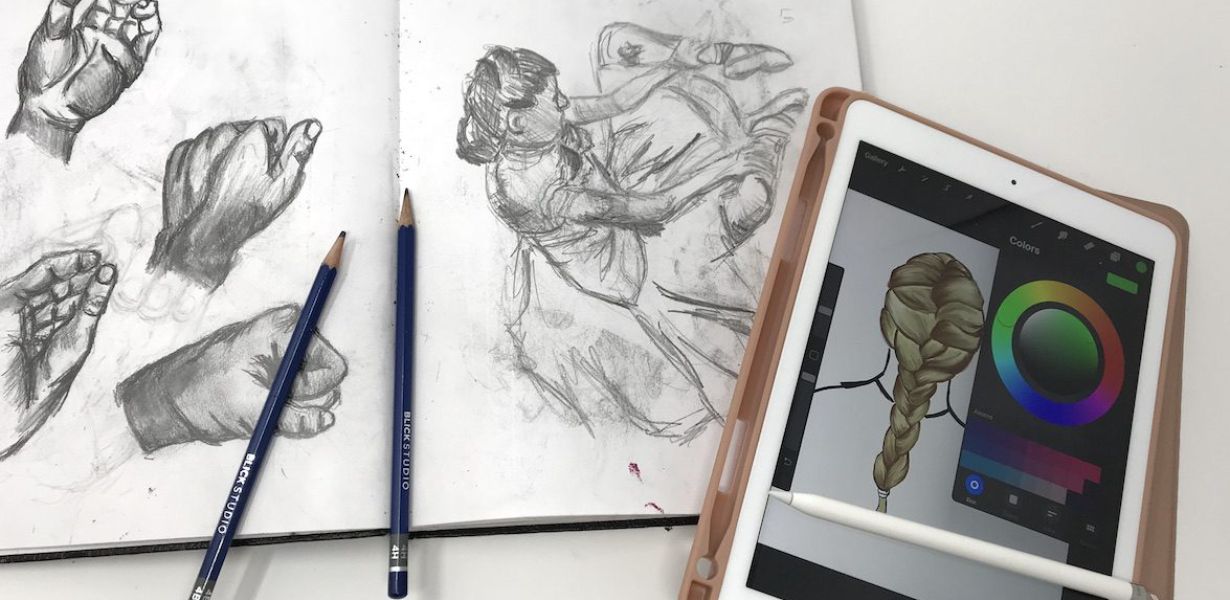
Preserving Your Digital Art: A Complete Guide to Archiving and Safeguarding Adobe Photoshop Masterpieces
- Post
- August 7, 2023
- Adobe Photoshop, Graphic Design, Web Design
- 0 Comments
Welcome to our comprehensive guide on preserving your digital art, focusing on archiving and safeguarding Adobe Photoshop masterpieces. In this blog, we will delve into essential techniques and best practices to ensure your precious creations stand the test of time and remain safe from potential digital disasters. Whether you’re a professional artist or a hobbyist, protecting your digital art is crucial to maintain its quality and integrity for generations to come.
Understanding the Importance of Digital Art Preservation
Preserving digital art goes beyond just storing files on a computer or a cloud platform. It involves taking proactive measures to safeguard against data loss, hardware failure, and software obsolescence. As technology evolves, file formats and software versions may become outdated, leading to compatibility issues. Understanding the significance of preserving your digital art is the first step in securing your creative legacy.
Choosing the Right File Formats
Selecting the appropriate file format is vital for the long-term preservation of your digital masterpieces. Opt for widely accepted formats like TIFF (Tagged Image File Format) or PNG (Portable Network Graphics) for lossless compression and high-quality images. Avoid using proprietary formats that may become unsupported in the future.
Backing Up Your Artwork Regularly
Regular backups are non-negotiable in digital art preservation. Create redundant copies of your files and store them in multiple secure locations, such as external hard drives, cloud storage, or dedicated archival services. Cloud-based backups offer the added advantage of remote accessibility, ensuring your art remains safe even in case of a physical disaster.
Embracing Version Control Systems
Version control systems allow you to track changes made to your artwork over time, enabling you to revert to previous states if needed. Tools like Git or Adobe Version Cue can be invaluable for managing different iterations of your Photoshop masterpieces and collaborating with others on complex projects.
Keeping Software and Hardware Up to Date
Regularly update your Adobe Photoshop software and computer hardware to ensure compatibility with the latest file formats and technologies. Staying current with updates and upgrades reduces the risk of encountering compatibility issues or facing data corruption due to obsolete software.
Utilizing Metadata for Organization
Adding descriptive metadata to your digital art files provides essential information about the artwork, such as title, artist’s name, creation date, and copyright details. This data simplifies the organization and retrieval process, especially when dealing with vast collections of artwork.
Implementing Digital Watermarking
To protect your digital art from unauthorized use, consider using digital watermarking techniques. Watermarks can be discreetly embedded into your images, serving as a deterrent to potential copyright infringements and providing a means of identifying the original creator.
Understanding Digital Rights Management (DRM)
Familiarize yourself with Digital Rights Management (DRM) concepts and technologies that help safeguard your artwork’s intellectual property rights. DRM can control access to your digital art and prevent unauthorized distribution, adding an extra layer of protection.
Verifying the Integrity of Backed-Up Files
Periodically verify the integrity of your backed-up files to ensure they haven’t suffered from data corruption or loss. Employ checksum algorithms to confirm the accuracy of your backups, reducing the risk of restoring corrupted files unknowingly.
Long-Term Storage Considerations
When archiving your digital art for the long term, opt for archival-grade storage solutions. Acid-free sleeves, archival boxes, and climate-controlled environments are ideal for physical media, while digital storage media should be refreshed periodically to prevent data decay.
Final Words
Preserving your digital art is a meticulous process that requires foresight, organization, and proactive measures. By adopting the strategies outlined in this comprehensive guide, you can safeguard your Adobe Photoshop masterpieces and ensure their legacy lasts for generations to come.
Commonly Asked Questions
Q1. Is it essential to keep older versions of Photoshop software for compatibility?
Yes, it is essential to keep older versions of Photoshop software, especially if you have legacy files created using specific software versions. This ensures that you can access and modify your older artwork without encountering compatibility issues.
Q2. How often should I back up my digital art files?
It is recommended to back up your digital art files at regular intervals, preferably after significant changes or additions. For critical projects, daily or weekly backups are ideal to minimize potential data loss.
Q3. Can I share my artwork online without compromising its safety?
Yes, you can share your artwork online by using low-resolution images or watermarked versions. This allows you to showcase your talent while still maintaining control over the high-quality, original files.
Q4. What is the best way to organize my extensive digital art collection?
Use descriptive metadata and a consistent naming convention to organize your digital art collection effectively. Employing specialized software or media management tools can also simplify the process.
Q5. Are there any legal aspects to consider when preserving digital art?
Absolutely. It’s crucial to understand copyright laws and how they apply to your digital art. Registering your copyright and using digital rights management measures can protect your intellectual property rights.




